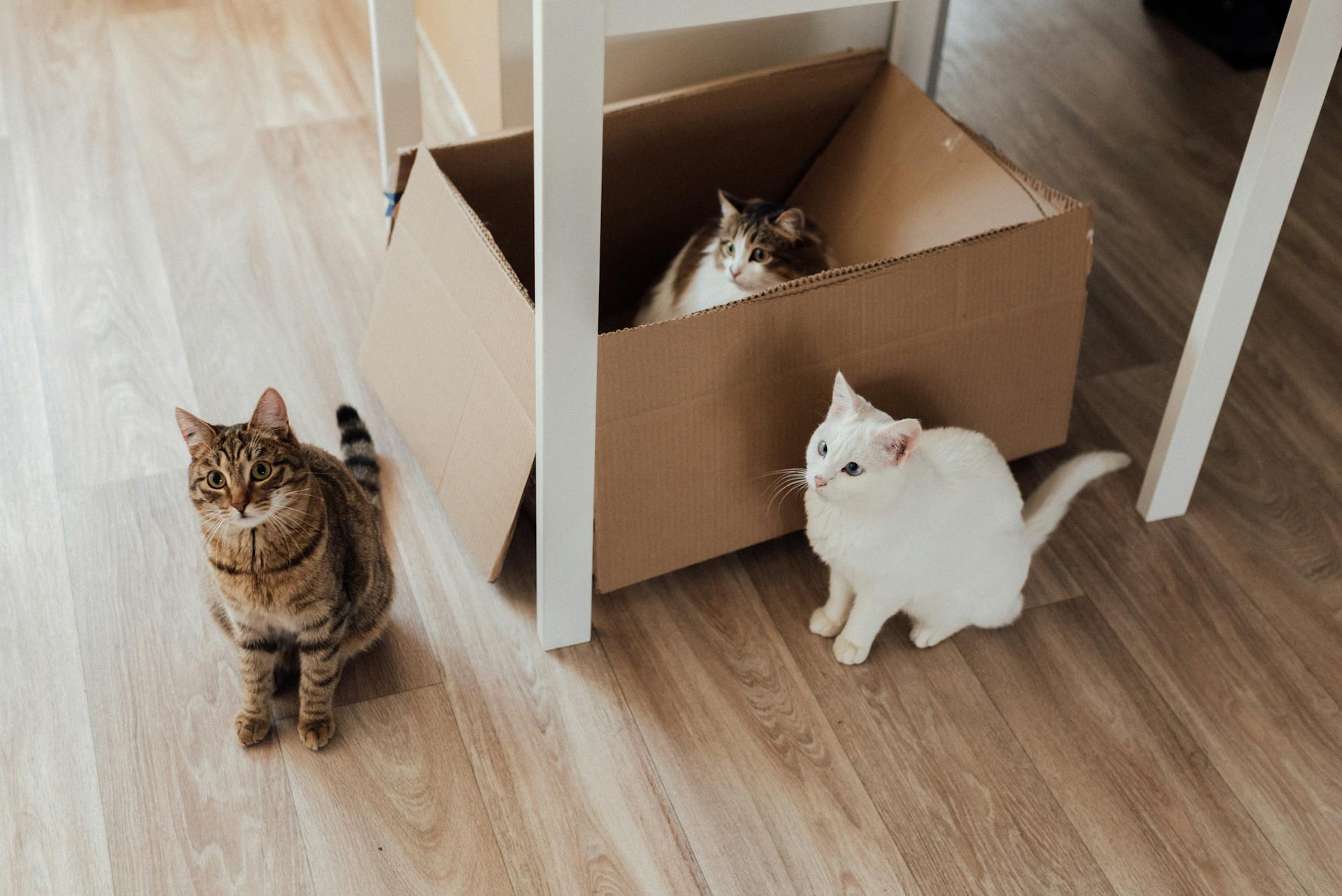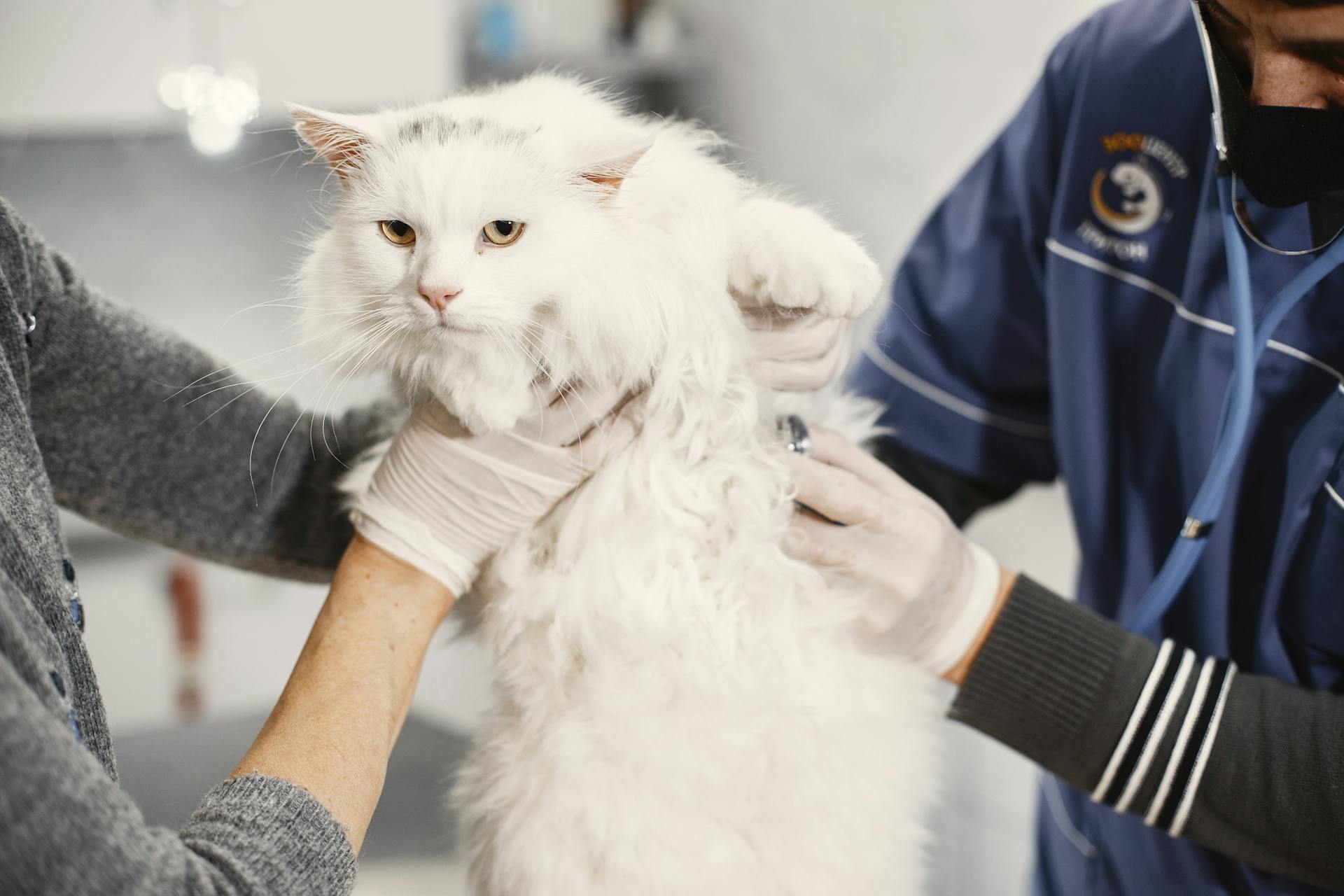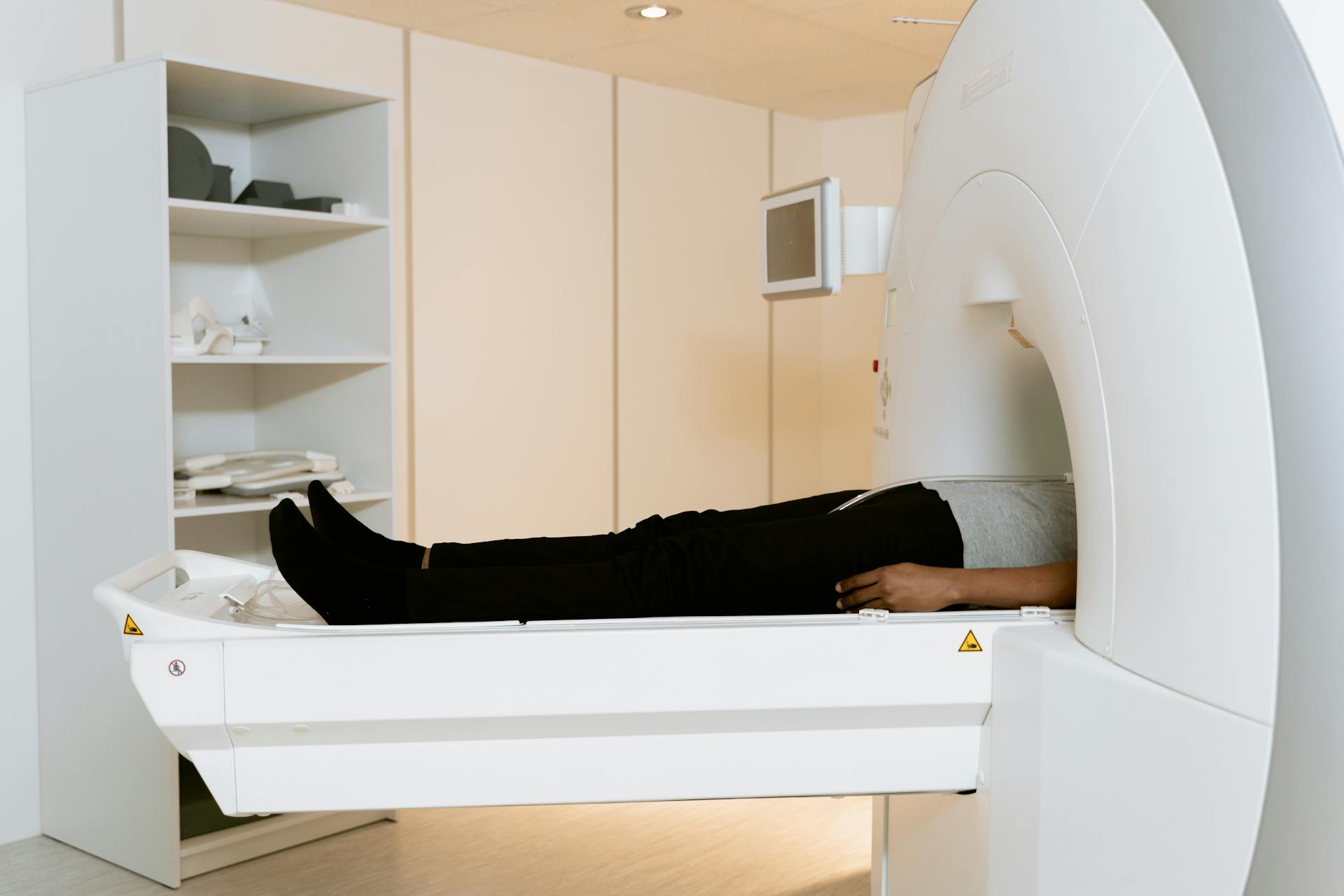
Mediastinal lymphoma in cats is a type of cancer that affects the lymph nodes in the chest, also known as the mediastinum.
This type of cancer is relatively rare, accounting for about 20-30% of all feline lymphomas.
Cats with mediastinal lymphoma often exhibit symptoms such as difficulty breathing, lethargy, and loss of appetite.
In many cases, cats with mediastinal lymphoma will have a swollen neck or chest area due to the enlarged lymph nodes.
See what others are reading: Canine Lymphoma Life Expectancy Prednisone
Causes and Risk Factors
Mediastinal lymphoma in cats is a complex and multifaceted issue, and understanding its causes and risk factors is crucial for prevention and treatment.
The feline leukemia virus (FeLV) has been linked to a significant decline in lymphoma-associated diseases, thanks to viral screening and vaccination programs.
Cats infected with FeLV are at a higher risk of developing lymphoma, including mediastinal lymphoma.
FIV, on the other hand, does not directly lead to lymphoma, but its immunosuppressive effects can increase the risk of lymphoma development by over 5-fold in FIV-positive cats.
Related reading: Intestinal Lymphoma in Dogs Symptoms
Renal transplant patients undergoing potent immunosuppressive therapy are also at a higher risk of developing lymphoma.
Research suggests that exposure to FeLV and FIV can increase the risk of developing lymphoma, including mediastinal lymphoma.
Some cat breeds, such as the oriental cat, may have a genetic predisposition to develop lymphoma.
Exposure to environmental tobacco smoke (ETS) has been linked to an increased risk of lymphoma in cats.
Cats receiving immunosuppressive therapy, such as cyclosporine following renal transplantation, are at a higher risk of developing lymphoma, including mediastinal lymphoma.
A different take: What Is Lymphoma in Dogs
Symptoms and Diagnosis
Symptoms of mediastinal lymphoma in cats can vary depending on the type and size of the tumors, as well as the number of tumors involved. Cats with mediastinal lymphoma often show signs of respiratory distress, such as breathing with an open mouth, coughing, and difficulty breathing.
Cats may also experience a loss of appetite, anorexia, and weight loss. These symptoms can be subtle at first, but can worsen over time if left untreated.
A definitive diagnosis of mediastinal lymphoma typically requires a combination of tests, including a full staging workup with CBC, serum chemistry panel, FeLV/FIV testing, urinalysis, abdominal ultrasound, and thoracic radiographs. Fine-needle aspirate (FNA) cytology of masses and/or involved organs can also provide a definitive diagnosis of intermediate to high-grade lymphoma.
Here are some common tests used to diagnose mediastinal lymphoma in cats:
- A complete blood count (CBC) to check for anaemia or lymphoblastosis
- A biochemistry profile to check for abnormal levels of creatinine, liver enzymes, serum urea nitrogen, and calcium
- A urinalysis to check for higher levels of bilirubin and protein in the urine
- FeLV testing to check for feline leukemia virus
- X-rays to check for internal organ damage
- A biopsy of bone marrow to confirm a diagnosis
Introduction
Lymphoma is one of the most common neoplasms seen in cats and should be high on the differential diagnosis list for a cat with almost any mass.
The true incidence of feline lymphoma is unknown.
Cats with lymphoma can develop the disease in almost any tissue in the body due to the widespread distribution and migratory nature of lymphocytes.
Siamese cats have been suggested to be at increased risk of lymphoma, and may even develop distinctive subtypes of the disease with a unique biologic behavior.
Despite the decline in FeLV-associated lymphoma, the overall prevalence of feline lymphoma is upwards, mainly due to an increased frequency of the gastrointestinal form of lymphoma.
Clinical Signs
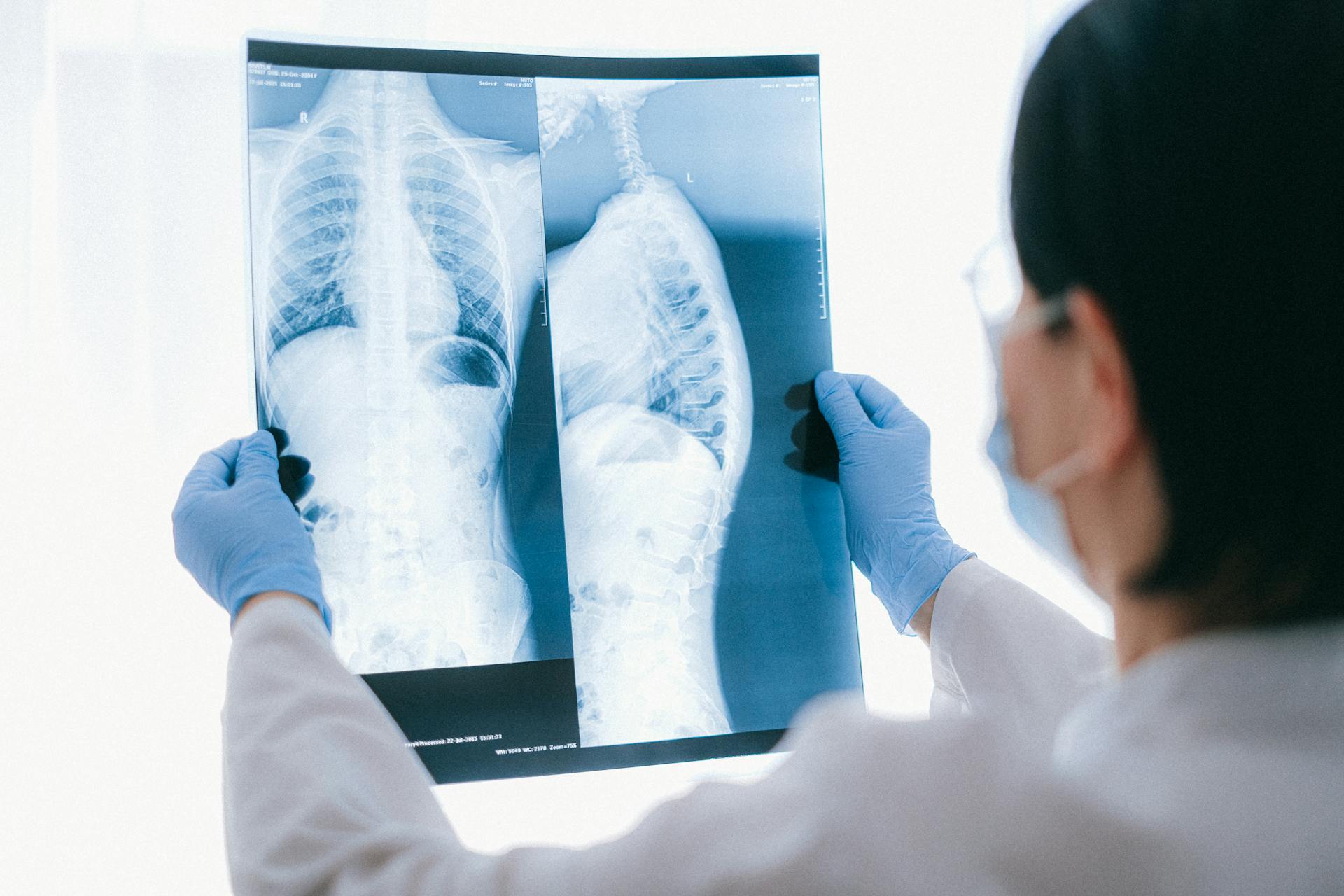
Cats with mediastinal lymphoma often show signs of thoracic disease due to the space-occupying effect of the tumor or secondary to pleural effusion, which is very common.
Dyspnea is the most common symptom, affecting 80% of cats, and is often accompanied by tachypnea and a non-compressible cranial thorax with dull heart and lung sounds.
Horner's syndrome and cranial vena cava (caval) syndrome may also be seen, causing swelling of the head and neck due to compression of vessels draining the head.
In some cases, the disease may be confined to the mediastinum, but it can also involve other regional nodal groups or distant sites.
The majority of cats with mediastinal lymphoma are young, with a median age of 2-4 years, and are typically FeLV positive.
However, a recent UK study found that the majority of cats with mediastinal lymphoma are now FeLV/FIV negative, young, and male, with a higher incidence in the Siamese breed.
Here is a summary of the common clinical signs of mediastinal lymphoma in cats:
- Dyspnea (80%)
- Tachypnea
- Non-compressible cranial thorax
- Dull heart and lung sounds
Diagnosis
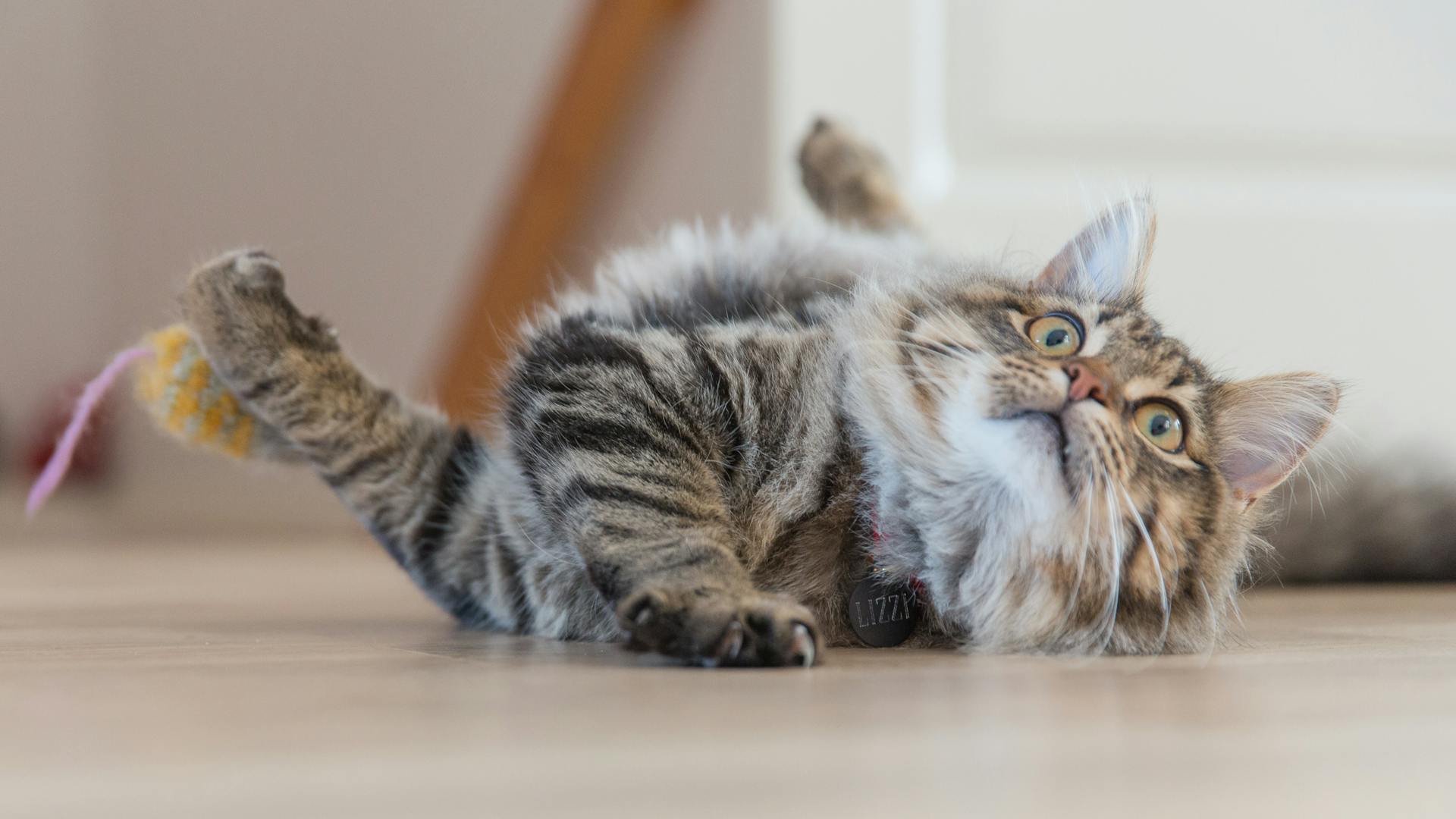
Diagnosis is a crucial step in determining the underlying cause of a cat's illness. A thorough examination and a combination of diagnostic tests are necessary to confirm the presence of lymphoma.
A full medical history and ancestry can help confirm a diagnosis, so it's essential to provide your vet with as much information as possible. A complete blood count can help establish if a cat is suffering from anaemia or lymphoblastosis.
A biochemistry profile and urinalysis can also provide valuable information about a cat's internal organs and overall health. Testing for FeLV is also crucial, as it can help determine if the lymphoma is related to this viral infection.
X-rays can help identify any internal organ damage or abnormalities, and a biopsy of bone marrow can confirm a diagnosis of lymphoma. Fine-needle aspirate (FNA) cytology of masses and/or involved organs can also provide a definitive diagnosis of intermediate to high-grade lymphoma.
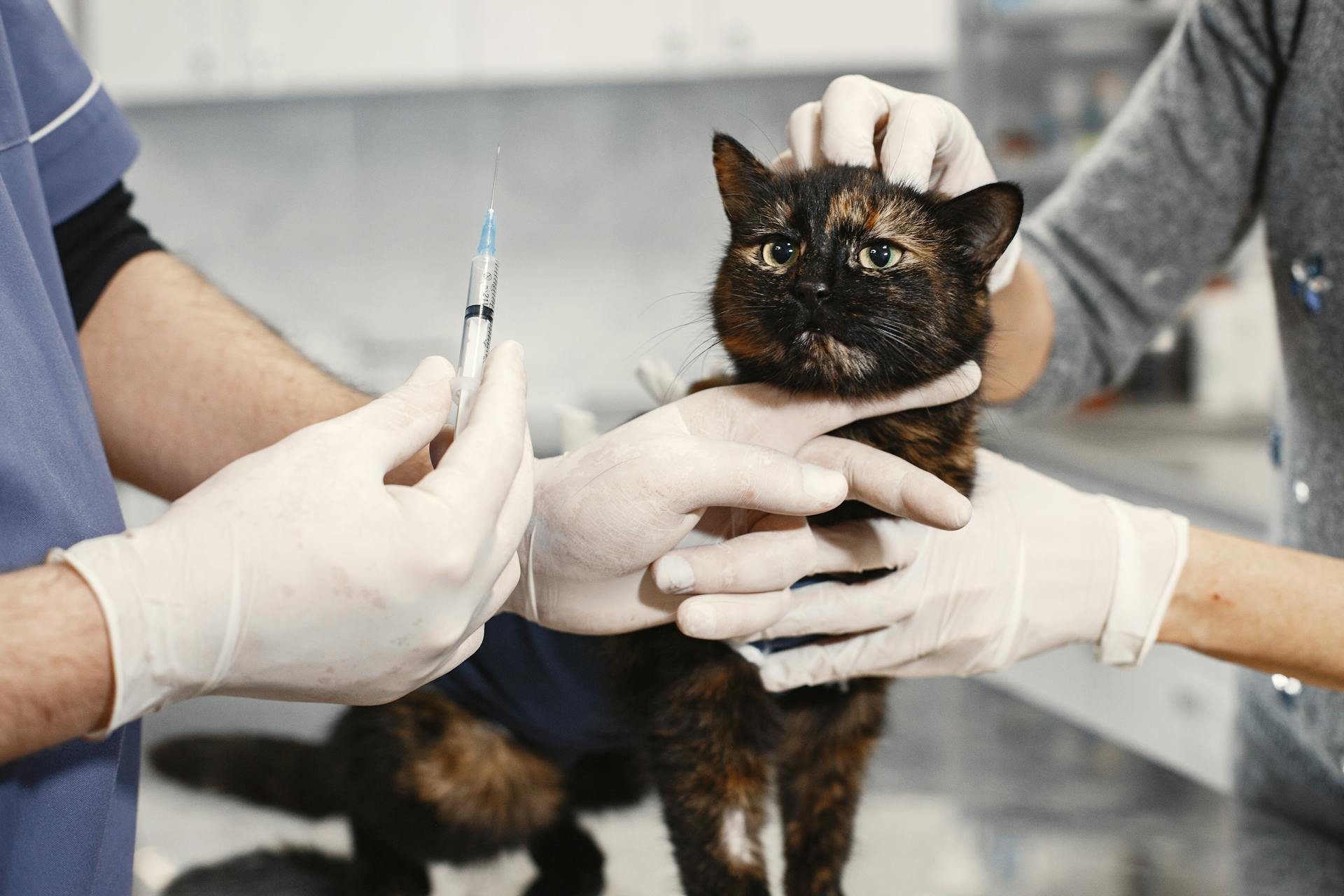
In some cases, advanced imaging may be necessary, particularly if the lymphoma is presenting in the nasal or CNS areas. Histopathology is needed for a definitive diagnosis of EATL type II or in cases where cytology is equivocal or affected tissue is not accessible via FNA.
A vet will typically recommend the following tests to establish if a cat is suffering from mediastinal lymphoma:
- A complete blood count
- A biochemistry profile
- A urinalysis
- Testing for FeLV
- X-rays
- A biopsy of bone marrow
Treatment Options and Prognosis
Unfortunately, mediastinal lymphoma in cats is an incurable condition, but the goal of any treatment is to improve the quality of a cat's life for as long as possible.
A vet may recommend chemotherapy as a treatment option, but this depends on the stage of the cancer, the cat's age, and their overall health and well-being.
Chemotherapy is often used to closely monitor a cat's condition and assess how well they are responding to the treatment.
Radiotherapy may also be recommended as a treatment option, but again, this depends on the cat's individual circumstances.
Surgery is not always an option, and even when it is, it depends on when the tumour was first diagnosed and what stage it has reached.
The prognosis for cats with mediastinal lymphoma is generally not good, but it does depend on when the cat was first diagnosed, the type of tumour, and the number of tumours that have developed.
A vet may recommend chemotherapy and closely monitor the cat's condition to assess how well they are responding to the treatment.
Here are some key factors that affect treatment options and prognosis:
- Stage of the cancer
- Cat's age
- Cat's overall health and well-being
- Type of tumour
- Number of tumours that have developed
Specifics
Mediastinal lymphoma in cats is often characterized by the presence of lymphoma cells in the mediastinum, which is the area in the chest between the lungs.
The most common type of mediastinal lymphoma in cats is T-cell lymphoma, accounting for about 70% of cases.
Symptoms can vary, but many cats will experience weight loss, lethargy, and difficulty breathing.
Genetic and Molecular Factors
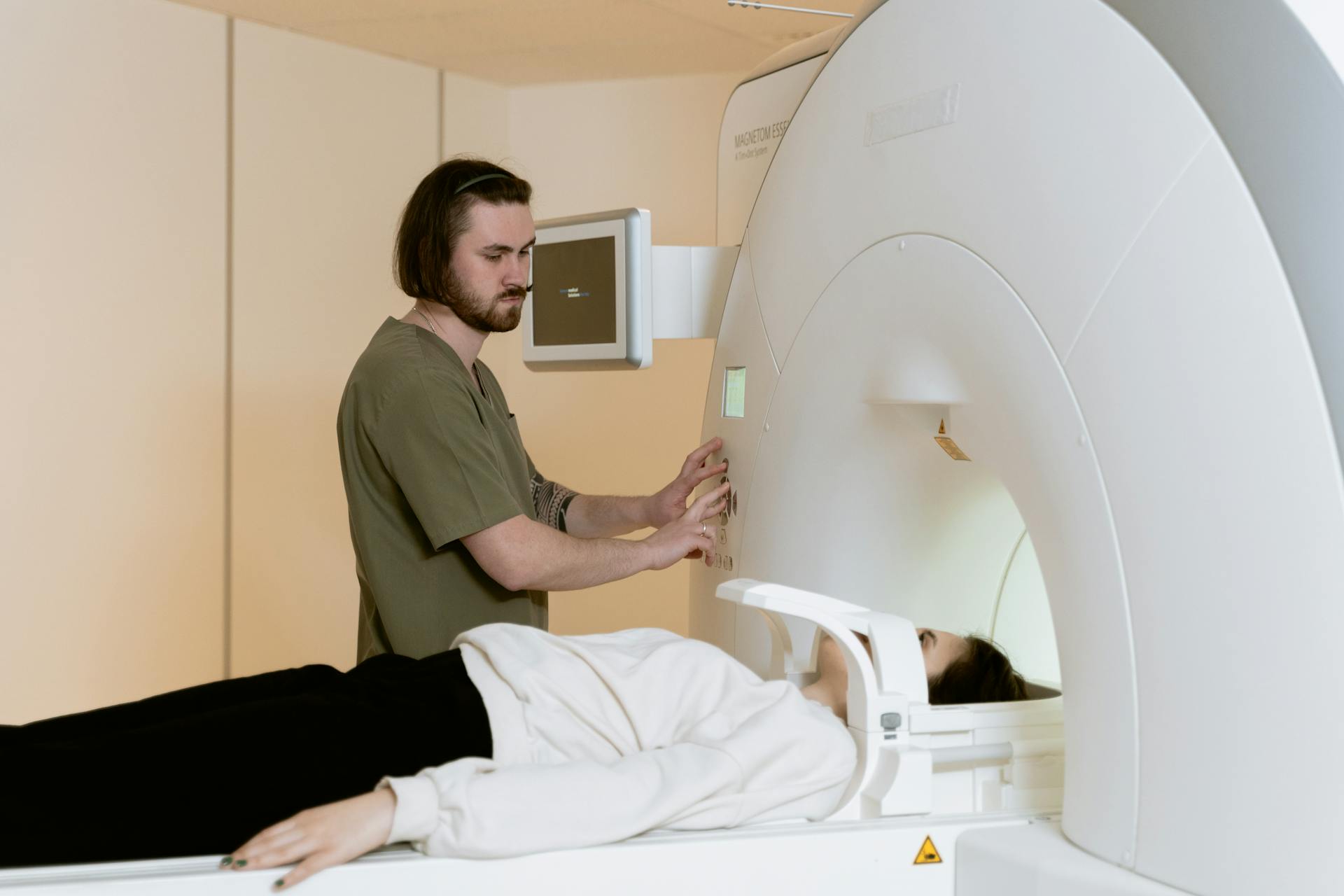
Genetic and molecular factors play a significant role in the development of lymphoma in cats. A predisposition of oriental cat breeds suggests a potential heritable genetic predisposition.
Some breeds are more prone to lymphoma than others, with Siamese cats being overrepresented. However, any breed can develop LSA.
The median age of presentation for all types of lymphoma is 11 years. This can vary depending on the specific type of lymphoma, with mediastinal presentations often associated with FeLV and occurring at a median age of 2-4 years.
Turkish Angora Cat
The Turkish Angora Cat is a stunning breed with a rich history. They originated in Turkey over 1,000 years ago.
These majestic cats have a thick, fluffy coat that requires regular grooming to prevent matting.
Their beautiful coat comes in a variety of colors and patterns, including solid, tabby, and pointed.
Turkish Angora Cats are highly intelligent and active, making them perfect for families who want a playful companion.
They are also known for their affectionate nature and love to be around people, often seeking out human interaction.
Turkish Angora Cats are generally healthy, but they can be prone to certain health issues, such as hypertrophic cardiomyopathy and hip dysplasia.
Living with Cats
Living with cats requires attention to their needs, especially when they're dealing with a serious condition like mediastinal lymphoma. Sadly, there is no cure for this condition.
Monitoring your cat's water and food intake is crucial to ensure their quality of life remains as good as possible. This means keeping a close eye on how much they're eating and drinking.
The survival rate for cats with mediastinal lymphoma is typically short, ranging from several months to around two years.
Frequently Asked Questions
How long do cats live with mediastinal lymphoma?
Cats with mediastinal lymphoma typically live 3 months or less, but those without feline leukemia may live 9-12 months with treatment. Survival time varies depending on the presence of feline leukemia.
What causes mediastinal lymphoma in cats?
Historically, most cases of mediastinal lymphoma in cats were caused by the feline leukemia virus, but vaccination has significantly reduced this risk. Today, the exact cause is often unknown, but it's a common and treatable cancer in cats.
What can be mistaken for mediastinal lymphoma in cats?
Mediastinal lymphoma in cats can be mistaken for other conditions such as inflammatory bowel disease, kidney disease, and pancreatitis due to similar symptoms. Accurate diagnosis is crucial to ensure proper treatment
Featured Images: pexels.com
